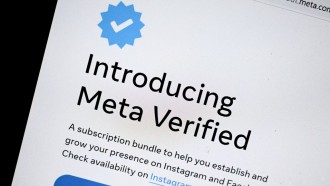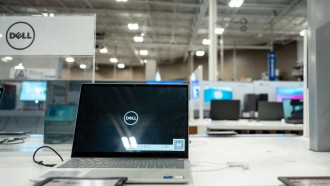
We do our best to protect the ones we love. This is why we often invest in security systems, better protection, smart devices, and other measures. When it comes to home security, the market is livelier than ever. Brands and OEMs are releasing waves of security devices designed to protect your home better.
These new generations of smart security devices leverage the Internet of Things (IoT) and new technologies to make protecting your home easy. Instead of a closed-circuit loop, modern security cameras use IP-based communications and incorporate features such as motion detection. You can receive automatic alerts whenever a smart security camera detects motion in your home.
While using smart devices to secure your home is now easier and more affordable, buying them immediately is still not the way to go. This is because smart devices come with their own security risks.
Insecure Smart Security Cameras
Smart security cameras have features that will make you think that they are the best solution for protecting your home. The motion detection feature we discussed earlier is a good example. Instead of storing a large amount of data, the camera will only record video when motion is detected. Additional triggers can also be put in place to streamline home surveillance.
Some cameras can be programmed to identify faces. Even when motion is detected, the camera will not immediately alert you of movement inside the house. Instead, it will scan the face of the person and compare it against a database of family members. If a match is found, the camera will not trigger the alarm, knowing that only authorized individuals are detected.
Other capabilities such as infrared monitoring are handy in specific situations (i.e. when the area is completely dark), and manufacturers introduce new features by the day. Some cameras can receive them via OTA firmware updates; the updates can be fully automated, so you always have the latest firmware available.
Don't let the elaborate features fool you though. Not all smart security cameras are designed to be secure. They may help monitor different parts of your house, but they also come with security risks of their own. Amazon's Ring Security Camera is known to have a security bug. The bug allows virtually anyone access to the Ring's security footage.
When the bug was announced earlier last year, it became clear that the team behind Amazon Ring hadn't paid close attention to the security of the Ring itself. Footage could be accessed via an open IP address, which means anyone could easily tap into your home surveillance system. Even worse, the video files were not encrypted or sufficiently secured as well.
It was a Ukrainian team that discovered the security flaw and they demonstrated how Amazon Ring could be used by attackers to monitor the inside of your house. For a security camera, that's a very fatal flaw.
Other Smart Devices at Risk
Smart cameras are not the only security tools that receive smart new features. Thanks to IoT, we now have countless other devices with specific purposes. You can, for instance, buy a smart lock for your front door. It opens using an app, a fingerprint scanner, or a basic PIN. It also logs and reports access attempts, especially failed ones.
Some smart locks still have security flaws that allow them to be reprogrammed using a malicious script. Others have bugs and don't sufficiently protect the logs they send to the cloud. Anyone with enough technical knowledge can change the access code to your doors and gain access to the rest of the house.
Even the hubs controlling smart security systems have bugs and vulnerabilities. Most security systems with smart features are designed to work with Google Home, Amazon Echo, or Apple's HomeKit. The latter had a significant bug that allowed unauthorized persons to control the smart devices around the house.
Apple fixed the bug found in HomeKit, but it took the company months to do so. In fact, it took Apple longer than users expected; many users ended up replacing their smart locks and devices with conventional security means simply because they were not willing to wait for Apple to release a patch. The security issue was that serious.
Data Leaks and Other Problems
The risks associated with using smart devices to protect your home don't stop there. Data leaks are still relatively common among smart devices. Baby monitors, smart security cameras, and devices like smart locks send logs to the cloud for different purposes. Sometimes, they send logs for the manufacturers to study. Information sent in an unencrypted form can potentially harm your home security and personal privacy.
Smart devices also need to be updated, which means untimely updates are a possibility. When your smart security camera is in the middle of an update, it stops monitoring your house and creates a security hole that can be exploited. There are instances when the automated OTA update fails, and the smart device is rendered inaccessible without you even noticing.
Let's not forget that there are risks associated with the wireless network required by these devices to work. You need to create a secure home network to minimize the possibility of data leaks and other issues with your smart devices. Companies like Smartproxy can help; but, considering the extra trouble you have to go through to benefit from smart protection devices without exposing yourself to security risks, it is best to stick to conventional security measures for keeping your home safe. At least for now.
* This is a contributed article and this content does not necessarily represent the views of techtimes.com





